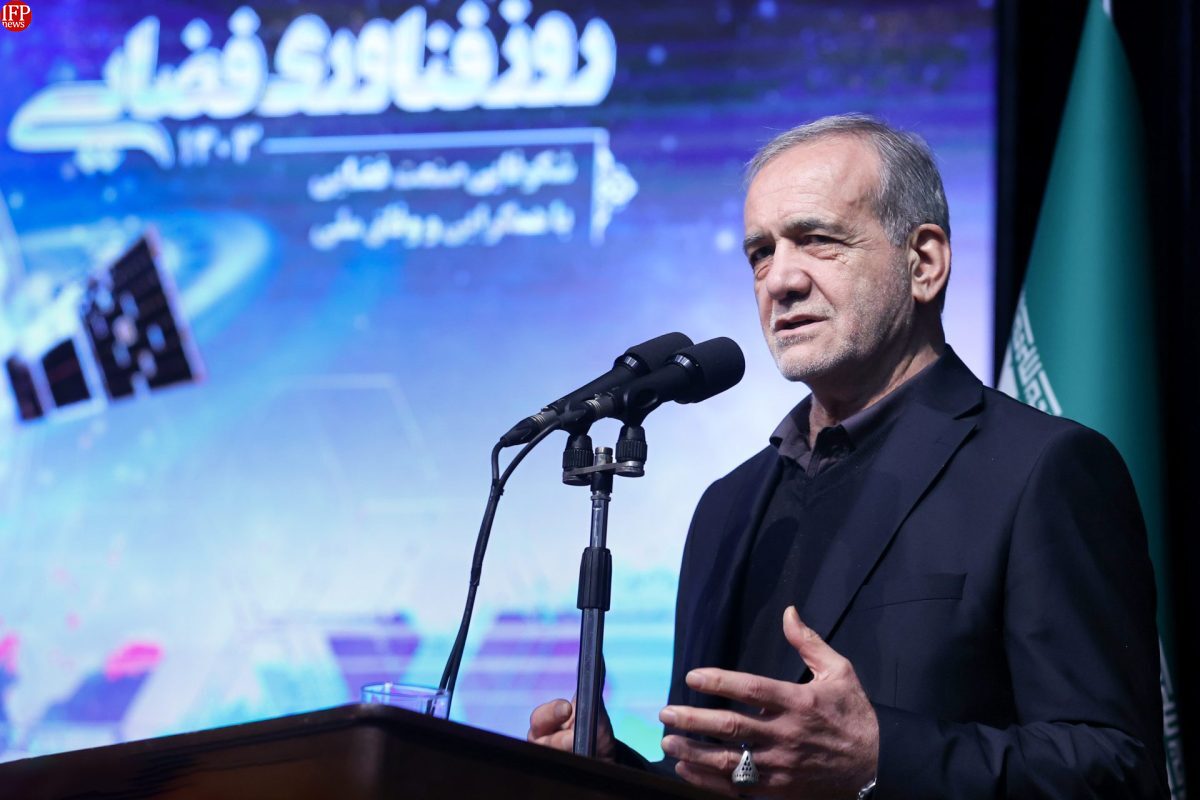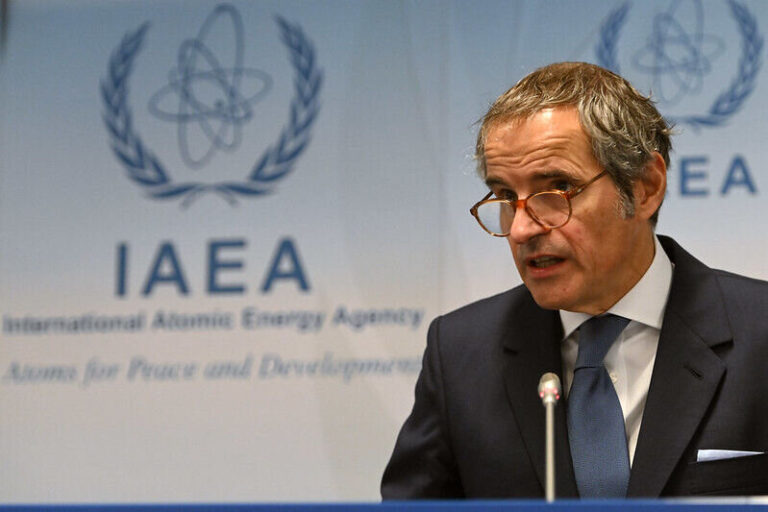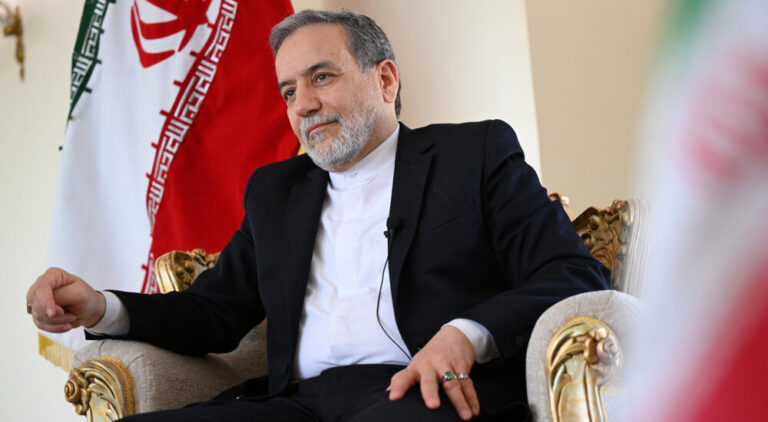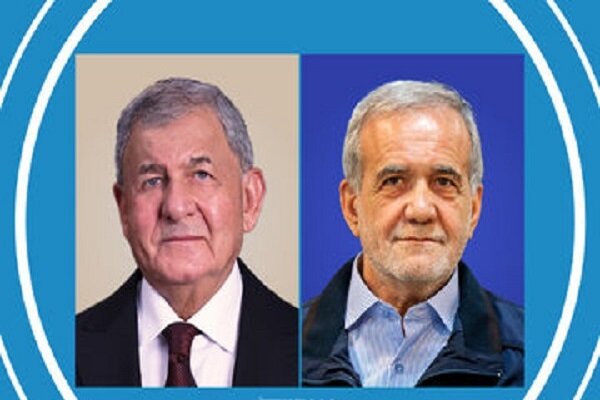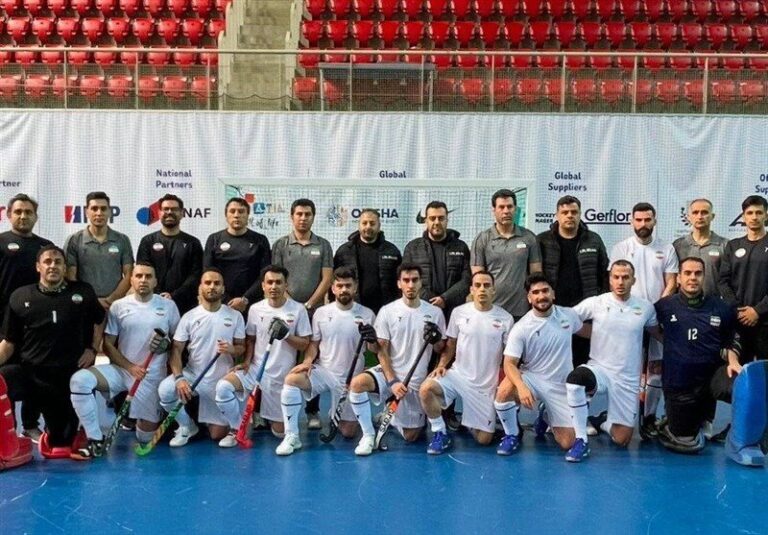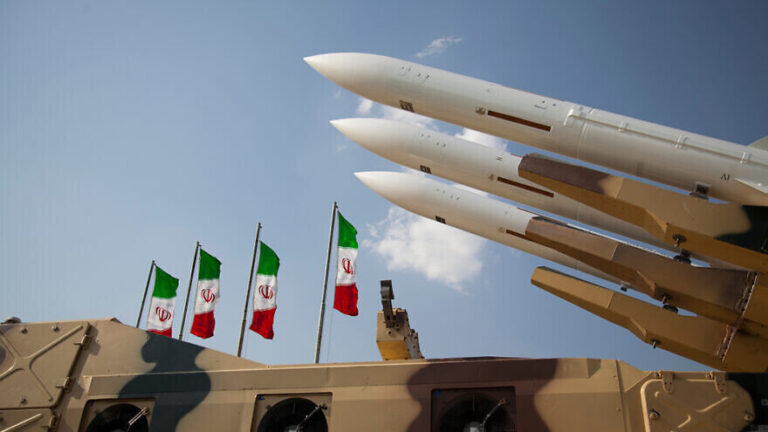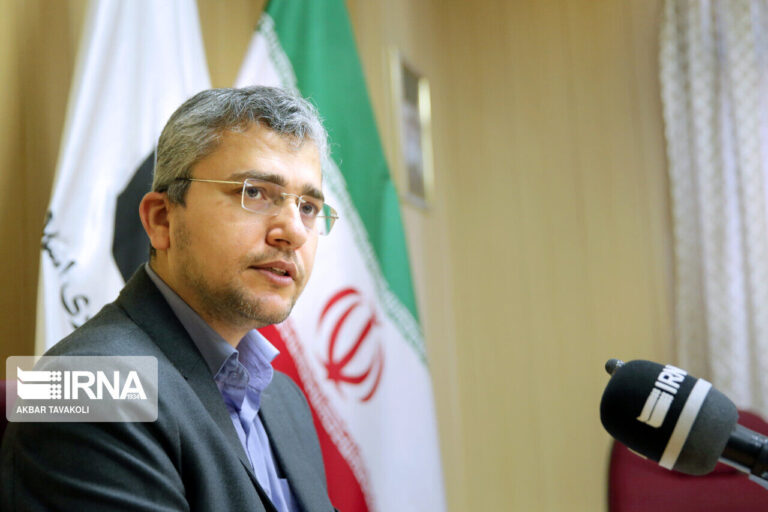Iran’s President Launches Three Innovative Homegrown Satellites: A Leap in Space Technology!
In a significant step for the Iranian space program, President Masoud Pezeshkian has recently unveiled three advanced satellites, showcasing the country’s growing capabilities in space technology. The newly introduced satellites include Navak 1, Pars 2, and an upgraded version of Pars 1, all aimed at enhancing Iran’s telecommunications and remote sensing capabilities.
The unveiling ceremony took place in Tehran on Sunday, February 2, coinciding with the National Day of Space Technology. This event highlights Iran’s commitment to advancing its space exploration initiatives and technological innovations.
Overview of the Newly Unveiled Satellites
Here’s a closer look at the three satellites revealed during the ceremony:
- Navak 1
- Type: Telecommunications satellite
- Weight Class: 20 to 50 kilograms
- Purpose: To test the performance of the optimized Simorgh launcher
- Communication: Establishes contact with ground stations using the S-band frequency
- Pars 1 (Upgraded Version)
- Type: Imaging remote sensing satellite
- Weight Class: 100 to 150 kilograms
- Launch: The first version was successfully launched last year
- Orbit: Will be placed in low Earth orbit at an altitude of approximately 500 kilometers
- Pars 2
- Weight: 150 kilograms
- Payload: Equipped with two imaging payloads featuring different types of sensors
Significance of the Satellites
The introduction of these satellites represents a major milestone for Iran’s space endeavors. Each satellite serves a specific purpose that is critical for national development:
- Enhanced Telecommunications: The Navak 1 satellite will greatly enhance communication capabilities, allowing for better data transmission and connectivity.
- Advanced Imaging Capabilities: The upgraded Pars 1 and Pars 2 satellites will provide high-resolution imaging, which is essential for various applications such as agriculture, urban planning, and disaster management.
- Technological Advancement: The successful launch and operation of these satellites will demonstrate Iran’s growing expertise in space technology and satellite design.
Moreover, the successful deployment of these satellites is expected to bolster Iran’s position in the global space arena, showcasing its technological advancements and innovations. The event not only celebrates the launch of new satellites but also emphasizes the importance of space technology in national development.
The Future of Iran’s Space Program
With the unveiling of Navak 1, Pars 1, and Pars 2, the Iranian government aims to continue its investment in space technology and exploration. The focus on developing satellites with diverse functionalities indicates a strategic approach to meet various national needs.
Iran’s space program has been subject to international scrutiny, yet the continued development of indigenous satellite technology shows the country’s determination to advance in this field despite external pressures. The enhancement of satellite capabilities is crucial for:
- National Security: Improved surveillance and reconnaissance capabilities.
- Disaster Management: Enhanced capability to monitor natural disasters and respond effectively.
- Scientific Research: Supporting research in various fields through satellite data and imaging.
Conclusion
The unveiling of Navak 1, Pars 1, and Pars 2 marks a pivotal moment in Iran’s quest for technological advancement in space. As these satellites prepare for launch, they symbolize not only progress in Iranian engineering but also a commitment to utilizing space technology for the betterment of society. As the nation celebrates its National Day of Space Technology, the eyes of the world will be on Iran, eager to see how these developments shape the future of its space program.
